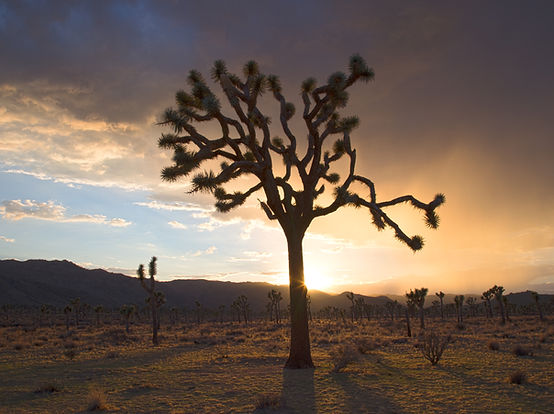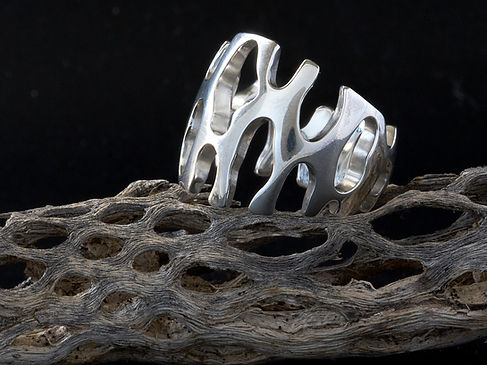DESERT INSPIRATION

“May your trails be crooked, winding, lonesome, dangerous, leading to the most amazing view.”
Edward Abbey

I suspect the pictures on this website have probably given you a clue already; but yes, you are right, I do have a bit of a thing about deserts…
I was originally drawn to these extraordinary landscapes for their remote otherworldliness, but quickly discovered the peculiar flora and fauna that thrives there. Take the stately Saguaro cactus, for example (pictured right), these can sometimes grow to the height of a two-storey building. The enormous limbs that protrude in any direction from the trunk, are the plant’s own survival technique as a way to repair damage to its trunk.


Next, the crisp lime-green prickly pear cactus unabashedly donning circular crowns of multicolour flowers in spring and delicious edible fruits in summer. Then there is the fairy-tale ocotillo cactus (pictured left) looking curiously like the tendrils of very tall underwater reeds, that sway in the breeze. The stems fire out vibrant tongues of red or pink flowers, as though reaching for the air above the waterline, all seemingly floating effortlessly and tall, apparently entirely devoid of gravity.
But the king of the weird and wonderful is the quirky Joshua Tree (a succulent from the Yucca family), in fact, it’s so good, they named a fabulous desert town after it, and I left my heart in Joshua Tree...


I am genuinely moved by the sheer variety of shapes and colours found in deserts. It’s a hard thing to explain but ultimately, I am humbed when I realise that humans couldn’t survive in these extraordinary, otherworldly, arid landscapes without gallons of water, protective gear, and a bucket load of desert survival know-how. Even the smallest plant or creature astounds me, and fills me with admiration and wonder.
So what about the Cholla Cactus (pronounced ‘Choy-uh’, Cylindropuntia)? This is a seemingly ubiquitous plant in many of the American Southwest deserts, particularly the Sonoran and Mojave. We all know that one should tread wearily around any cactus as they have a natural tendency to bite painfully if you get too close, but the Cholla appears to be in a devious premier class of its own. On the one hand, it’s known as the “teddy bear cactus” because, at a glance and in the right light, the branches appear to be covered in extremely fine fur, so much so that it’s agonisingly tempting to reach out and simply stroke it! But spoiler alert - get even within a few inches of the “Jumpin’ Cholla” (as it’s also quite-rightly also known as!), and you will experience of shock of pain as a plethora of the finest, nearly invisible needles jump out and pierce your skin multiple times. They are so fine they can’t be seen and are very tricky to remove! (Wear trousers and sturdy boots, you have been warned!)


When the Cholla cactus comes to the end of life, branches fall onto the sand of the scrubby, golden, desert floor and lie in the hot sun for years. Eventually, only the sun-bleached bones of the old plant remain as twisted wooded tubes, punctuated with many elongated holes in a helter-skelter arrangement around the tube (pictured left under my Tapered Cholla Ring). These wooden remains were little desert jewels to me, from the first moment I discovered them... But honouring the “Take only photos, leave only footprints” rule for travellers everywhere, all I could do was dream about the shape, and in time, my first Cholla Cigar ring was born.
Growing my Cholla Collection has become a passion, born out of an intense passion and admiration for the desert, and an important way for me to show my connection to it, even when I’m home.
